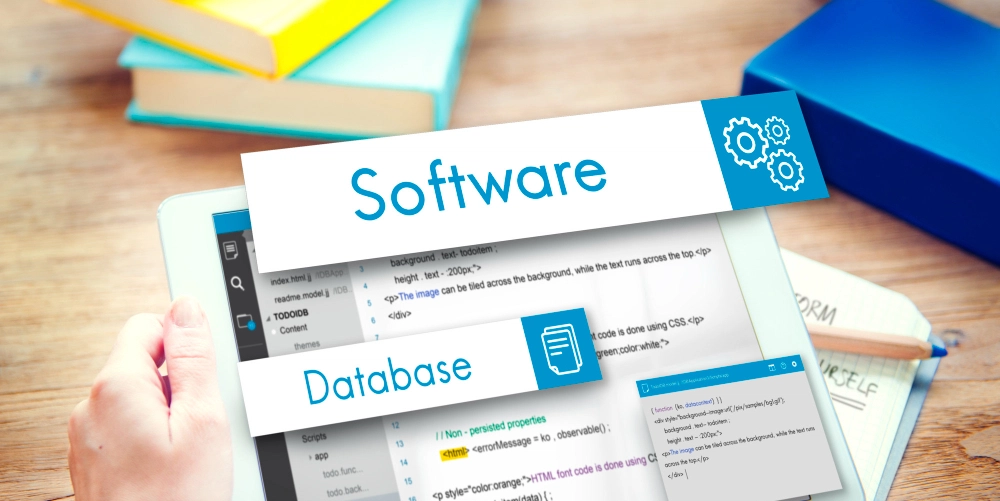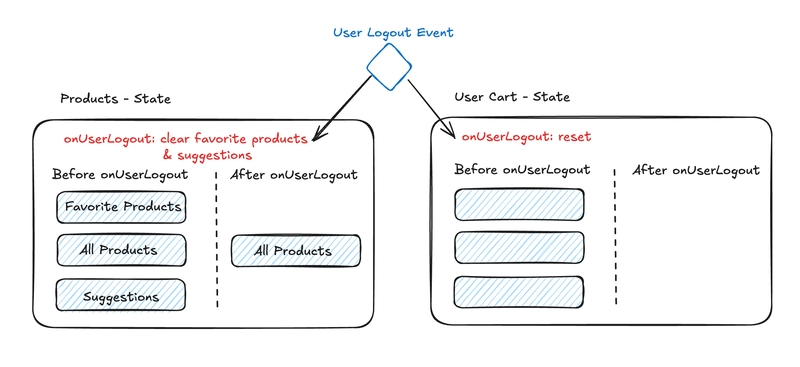Tracking attendance may sound HR-ish, but in dev teams, especially distributed, hybrid, or remote, it’s a key productivity lever. When you know who’s working when, across what tasks or projects, you can align capacity, reduce blockages, detect time drift, and keep sprints on schedule.
Below are five strong tools that dev teams may consider in 2026.
TMetric – Ideal for Developer Teams
What it does
TMetric is primarily a time tracking and attendance management software that supports project time, attendance, timesheets, and integrates with many developer tools.
For instance, it supports attendance tracking, time off management (PTO), team dashboards, detailed reports, and integrations with dev tooling such as Jira, GitHub, Trello, etc.
Why dev teams will like it
- Built with developers in mind: Task-based with integrations into dev workflow.
- Supports attendance plus time tracking, so you get both presence and productivity context.
- Good for hybrid/remote teams: You can monitor team time, attendance, time off, and link it to tasks/projects.
- Offers reporting and insights (team summary, cost rates, etc) which helps when estimating future sprints or managing budget.
Potential drawbacks
- If your dev team uses very specialized or non-standard environments, you might need to check OS/tool support.
- Attendance features may not be as heavy duty (geofencing, biometric) as some HR-first systems (if you need strict clock-in/clock-out controls, for example).
Fit for 2026 dev teams
Given the rise of remote and distributed development teams, a tool that combines attendance, time tracking, and development tool integration is highly relevant. TMetric is positioned as a strong choice for this kind of team.
Jibble – Free Forever + Attendance Focus
What it does
Jibble is a cloud-based time and attendance tracker that emphasizes clock-in/out, GPS, face recognition, and unlimited users, even on the free plan.
It supports attendance kiosk mode, mobile apps, and is easy to set up.
Why dev teams might consider it
- Free plan with unlimited users: great for smaller dev teams or budget-conscious organisations.
- Real-time attendance data: good for visibility of who’s online, who’s clocked in/out, especially when mixing remote and on-site.
- Integrations with collaborative tools (e.g., MS Teams) to reduce friction.
Potential drawbacks
- Though attendance is strong, the dev-tooling/time-tracking integrations might be less rich than tools built specifically for dev time tracking.
- Some Linux or very custom development environments may have less seamless support.
Fit for 2026 dev teams
Good option for dev teams looking for straightforward attendance tracking (clock-in/out) with light time tracking. If you’re less focused on project/time billing and more on presence and attendance visibility, Jibble is solid.
Clockify – Time & Attendance for Global/Remote Devs
What it does
Clockify is commonly referenced as a time tracker for remote teams, enabling time tracking across projects and attendance/presence monitoring. For example, in a list of remote team tools: “Managers can use Clockify to track workers’ productivity, attendance, and billable hours.”
Why dev teams might consider it
- Strong support for remote distributed teams and different time zones.
- Free tier available, and many dev teams are comfortable with time tracking.
- Good for project-based billing/time reports as well as attendance.
Potential drawbacks
- While attendance features are there, it may not have as deep attendance-specific features (geofencing, clock-in hardware, etc) as HR-first tools.
- Might require more configuration/integration to align with dev workflows (tasks, sprints) compared to dev-specific time/attendance tools.
Fit for 2026 dev teams
If you have devs scattered across time zones, working on many projects, and you want both attendance oversight and detailed time tracking, Clockify is a strong choice.
Connecteam – Attendance + Shift/Schedule Focus
What it does
Connecteam is presented in attendance-tracking round-ups as “best all-in-one attendance tracking software” with features like time clock, GPS, geofencing, scheduling, and timesheets.
Why dev teams might consider it
- Useful if your dev team also has shift/schedule elements (for example, support engineers, on-call rotations).
- Offers mobile app, GPS/geofencing – helpful if some devs are field-based or need location constraints.
- Truly attendance-first; good when attendance compliance, off-hours tracking, or multi-site presence matters.
Potential drawbacks
- For pure dev teams working remotely or in the office with standard hours, schedule/shift/field-based features may be overkill.
- Time tracking and integration into dev tooling might be less central compared to dev-focused tools.
Fit for 2026 dev teams
If your dev organisation includes on-call, field engineers, multiple locations (e.g., global hubs), or you care strongly about shift schedule + attendance rather than purely time tracking, Connecteam is worth a look.
Rippling – Attendance as Part of HR Payroll/Workforce Suite
What it does
According to a 2025 guide, Rippling is highlighted as “ideal for automation with tools like geofencing, payroll, and project-based time tracking.”
It is more than just attendance—it’s part of a broader workforce/HR/payroll platform, but attendance/time tracking is a core piece.
Why dev teams might consider it
- If your dev team is part of a larger enterprise environment where HR, payroll, attendance, scheduling, and compliance all tie together, Rippling gives you one system.
- Particularly good when you want to reduce tool-sprawl and integrate attendance data directly into payroll, finance, and HR systems.
- Geofencing, mobile clock-in, and remote workforce support are included.
Potential drawbacks
- Likely higher cost and complexity compared to more lightweight attendance/time tools.
- Might be overkill for smaller or purely dev-focused teams without complex HR/attendance/compliance requirements.
- The developer-tool integration might be less specific (focus is broader workforce/HR) rather than dev-task/time tracking.
Fit for 2026 dev teams
Great for larger dev organisations (hundreds or thousands of devs) where attendance tracking isn’t just a team concern but an enterprise-level workforce management issue. If you’re part of that scale, this is a serious contender.
Choosing the Right Tool: What Dev Teams Should Ask
When selecting an attendance (and time) tool for a dev team in 2026, keep these criteria in mind:
- Integration with dev workflow & tools: Does the tool integrate with your task systems (Jira, GitHub, Trello) so that attendance/time data aligns with dev tasks?
- Remote/hybrid support: Can it handle remote devs across time zones, different devices, and flexible hours?
- Attendance features: Clock-in/out, presence, absenteeism, time-off/PTO tracking, schedules, geofencing (if needed)
- Time tracking & reporting: Beyond attendance, do you get project/time tracking, task reports, cost/budgeting, resource planning?
- Usability for developers: Devs won’t adopt a cumbersome tool. It needs to be quick, minimal disruption, and ideally integrated into their workflow.
- Visibility and analytics: Being able to see coverage (who’s online), time allocation (which projects), and productivity signals (where time is going) helps dev leads, managers, and PMs.
Final Thoughts
For a dev team in 2026, attendance is more than just who punched in/out. It’s about visibility, alignment, and time accountability across distributed workflows.
If you want both attendance and developer-friendly task/time tracking, TMetric stands out.
If you need something lean for presence only, Jibble is attractive.
If you’re enterprise-scale and tightly integrate HR/attendance/payroll, Rippling may be your platform.
Choosing the right tool isn’t just about features; it’s about fit for your workflow, culture, and scale.



